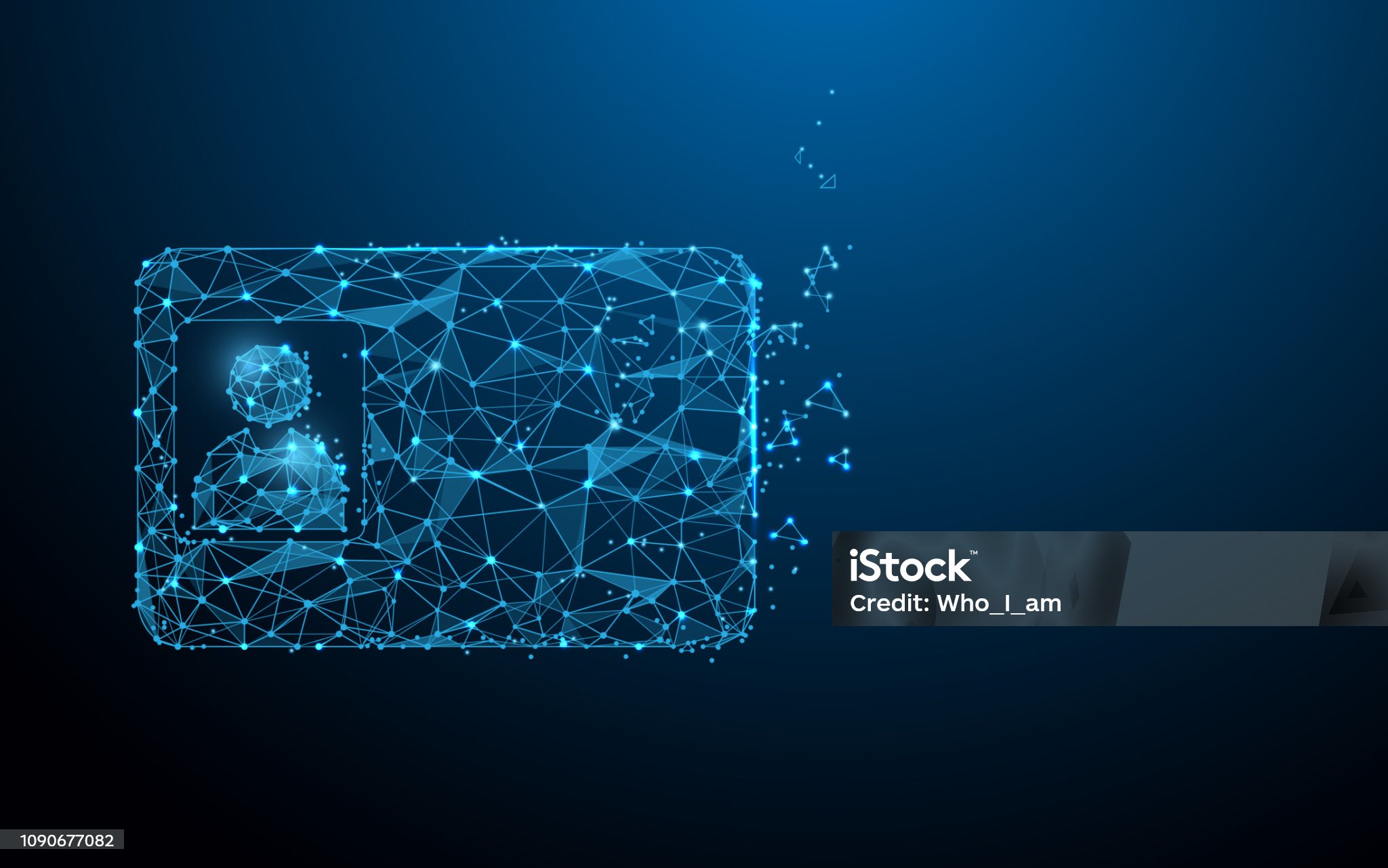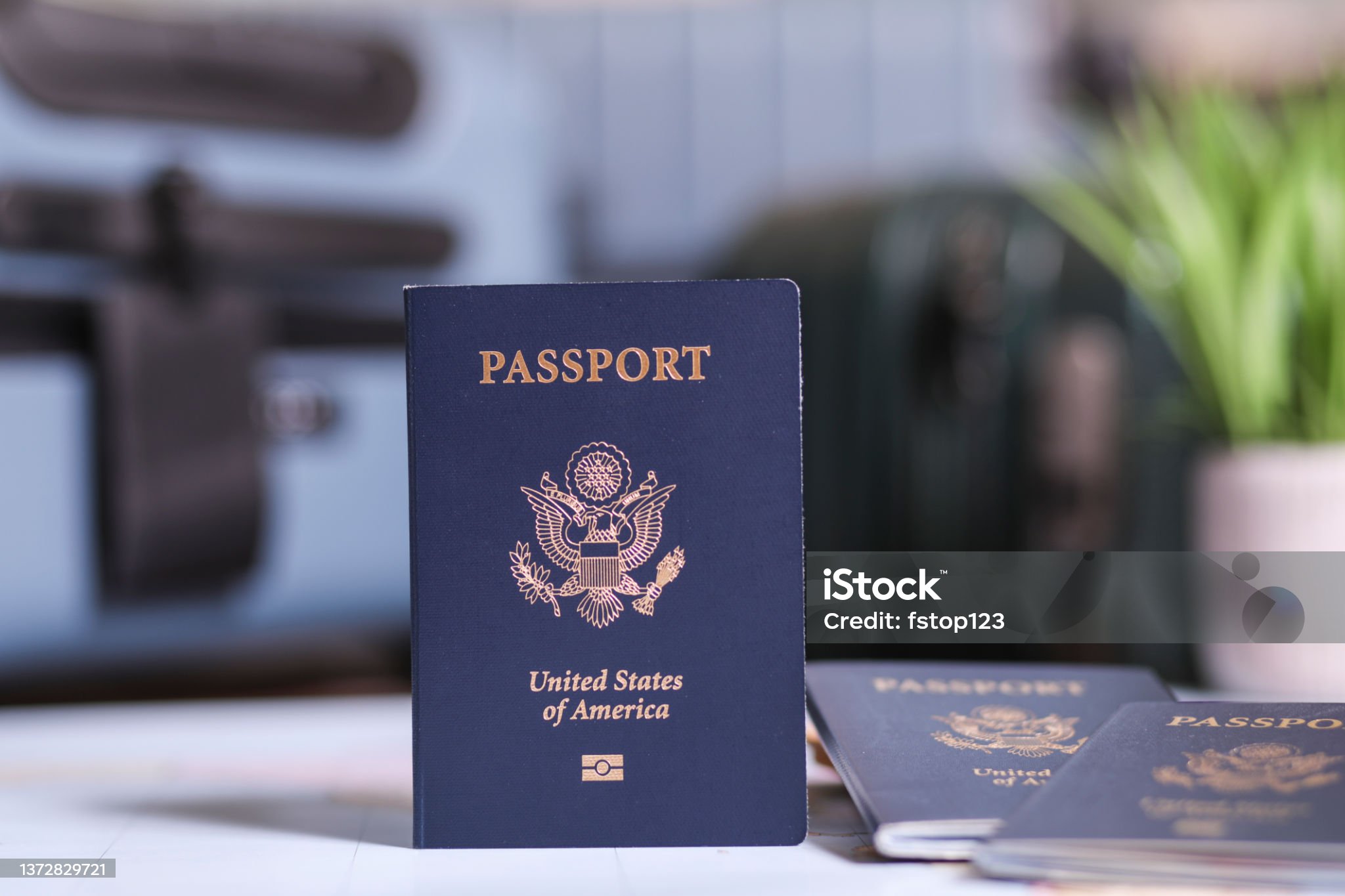Comprehensive Overview on Security Standards for Secure ID Systems and Their Use in Secure Transactions
Comprehensive Overview on Security Standards for Secure ID Systems and Their Use in Secure Transactions
Blog Article

1. Introduction to Identification Documents
Personal identification documents are crucial for both individuals and society. Serving as "permissions" and "access tools," these documents help society run efficiently when widely accepted and available. There are different kinds of identification documents, and each of them signifies a particular aspect. Take, for instance, a copyright, which confirms an individual's legal ability to drive, and a copyright, which demonstrates citizenship and enables global travel. Such documents hold significant personal importance and are essential when handling contracts, such as for employment, services, insurance, or rentals. Many times, financial institutions might wish to view such documentation if the borrower appears unreliable or does not have a very strong credit history. These documents function as both identity verification and legal authorization to operate financially or otherwise.
Historically, identification documents were less central to everyday life than they are now. Their significance has evolved with the changing legal and security landscapes. Advances in information technology have made it possible for organizations to develop secure systems that are far ahead of the cutting-edge ID technologies available to the general public. Many countries are moving toward biometric technology to standardize their identification systems. Some already use electronic exit technology.
Personal identification documents represent an individual's legal confirmation of identity. Globally recognized identification forms, such as passports, copyright, copyright, and driver's licenses, are considered valid at both national and international levels. Many people file these identification documents under lock and key or with good protection and can easily access them whenever needed.
In this discussion, we highlight the importance and authenticity of various documents, including IDP, Real ID, copyright, copyright, copyright, and resident permits, aiming to educate on their relevance. Both educators and the public should be familiar with these documents, as this information could prove valuable in safeguarding or recovering lost documents. The content here is designed to inform both national and international readers about the most critical documents they need for personal understanding and practical use.
2. Legal Structures and Rules Overseeing Identification Documents
Identification documents are governed by laws and regulations that vary from one jurisdiction to another. Documents are issued directly to individuals by an issuing authority and under specific guidelines and rules intended to keep the integrity and accuracy of the document. These documents can be mandatory for certain situations while serving as optional verification in others. The individual must comply with the regulations for the jurisdiction where the document is intended to be used. In summary, it is important for individuals to understand the local or specific legal requirements that apply to them in any jurisdiction where they expect or plan to carry out any transaction or to use such documents. For the most part, state or local government agencies are responsible for issuing, regulating, and limiting specific documents for designated transactions.
However, jurisdictional identification requirements can sometimes create conflicts for those traveling or doing business internationally. It is, therefore, a global concern when people experience confusion or alienation when traveling internationally due to a lack of understanding of identification document rules. While it is impractical to list the identification rules for every country here, it is crucial to recognize that with almost 200 nations and billions of people interacting, understanding the rules is important for global travel and commerce. Failure to follow these rules may result in legal conflicts in foreign countries, where international reciprocity must then be considered. Failure to comply with such rules may lead to both civil and criminal penalties for violating laws related to privacy, identity, commerce, trade, or even human rights.
The balancing of public policies with protected rights is often challenging when determining security guidelines for travel identification documents. In some cases, human rights might clash with security policies requiring the highest levels of identification documentation in the fight against terrorism. Finally, within the last five years, with the rise and acceptance of digital mobile driver's licenses, countries have been clarifying or drafting new laws and regulations to govern their use, which remains an evolving area. Digital identification documents for travel have been held up as the next path for moving the world travel community. Even with the world moving toward mobile driver licenses, passports will likely remain necessary for some time to come. 
The standard and evolution of mobile driver licenses and digital ID is occurring too. For example, nearly two years after California's law on mobile copyright requirements, stakeholders are set to finalize regulations for the first official state mobile driver’s license.
3. A Comparison of International Driver’s License, Real ID, copyright, copyright, copyright, and Resident Permit
An International Driver’s License serves as a form of identification for individuals driving in foreign countries. Neither the United Nations nor the International Non-Governmental Organization ever made the International Driver’s License to facilitate travel within a group of states.
The Real ID, is mainly used as a form of identification acceptable for boarding domestic flights, and functions alongside state driver’s licenses and ID cards that meet national standards. In addition to domestic travel, the Real ID grants access to federal facilities and nuclear power plants. However, the Real ID is not a travel document, copyright, visa, or resident permit. Though some people may use it abroad as an identification and date of birth document, the Real ID is primarily intended for domestic use.
More specifically, passports are in the United States a form of original rather than derived identification. Passports were developed to ensure citizen safety abroad and aid in travel for diplomatic reasons, treaty negotiations, or international matters of concern. This is the official, often administrative, use. Of course, the copyright can also be used for bureaucratic or private matters. To travel internationally, or even regionally in some cases, travelers need more than just a copyright; they must also satisfy several other criteria.
copyright are records issued at birth that serve as the basis for acquiring passports and other identification documents. In comparison, copyright and passports might appear to serve similar purposes. However, a copyright offers continued benefits. Also, even if used to obtain a copyright, a copyright cannot lead to obtaining a “second copyright”. A copyright is irrelevant to obtaining a second copyright unless it involves taking on an illegal nationality.
4. Security Elements and Fraud Prevention in Identification Documents
Various security features are implemented to prevent forgery, tampering, and fraudulent activities. Many identification documents integrate security elements like holographic images, multi-layer visuals, and laser engravings to prevent fraud. Other cards may contain an embedded RFID chip with a stored digital image and other biometric information.
Many security features are covert or semi-covert, like special inks or designs, watermarks, and microtext. All these features are intended to ensure that ID documents are difficult to copyright. 
In general, the level of security of an copyright should correspond to the level of trust required. copyright security features, for example, need not be as robust as those on a copyright, since the copyright is used for travel and the copyright is used mainly domestically.
Technological progress has enabled the development of increasingly complex security features for identification cards. Actively promoting and adopting new security technologies helps keep one step ahead of potential fraudsters and counterfeiters by using up-to-date issuance practices.
Additionally, it’s vital to consistently evaluate both current and emerging security methods to ensure they remain effective. This evaluation ensures that identification security systems remain strong in the face of new and advancing threats.
Furthermore, an effective anti-fraud document security program needs to employ both proactive and reactive strategies. Proactive strategies include actions such as education, public campaigns, service announcements, and security-focused events or workshops.
5. Summary Real ID and Future Developments in Identification Document Technology
This document provides a global overview of various types of identification documents across different countries. It is important to see ID from both a technical perspective, considering security features, verification, and issuing authorities, but also from a legal regulatory point of view that would show the verification in courts where the document was used.
Research reveals differing views on what makes an identification document effective and how its verification utility can vary by location. It would also be interesting to examine through ethnographic methods how the definition of a “good” identification document varies by country. Comparative work also provides insight into how the legitimacy of identification documents can vary even in countries with similar political, social, and economic systems.
The future of identification documents is being shaped by cutting-edge technological advancements. Digital technology is consistently improving the security and service potential of secure documents like electronic IDs (eIDs), in line with the widespread use of mobile devices. The main landmarks in this new convergence are biometrics and blockchain used as distributed ledgers.
Biometrics and its “liveness” function will collect the necessary biometric data during the direct correspondence between the person and the enrolling or verification authority, increasing the level of trust in the correct identity, excluding digital diversion of identity. It will go beyond our basic human rights recognized by international law and several constitutions. Access to this biometric data needs to remain highly private and governed by the individual’s consent.
Digital identity systems might contribute to exclusion, particularly for individuals who do not have easy access to digital identification systems. Many people struggle to gain access to digital identity systems, especially in certain regions. A so-called “identity gap” has emerged due to technological advances, which lead to unequal levels of access to identity verification across different parts of society.
Digital identity systems should be more systematically compared with physical identification documents. Besides verifying identities, these systems are used to assess risk in various transactional contexts. There should be more systematic research to see how offline verification rights can be applied in the context of digital identification systems.